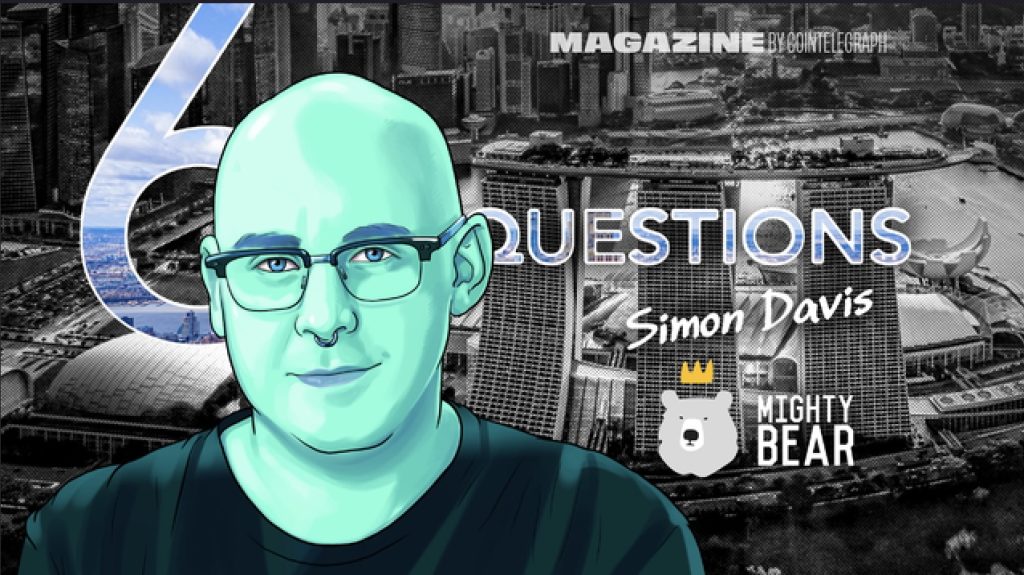China’s risky Bitcoin court decision, is Huobi in trouble or not? Asia Express


Man loses $10M after Chinese court rules Bitcoin lending is not protected by law, loads of Web3 founders get arrested, and Huobi rumors swirl.
Our weekly roundup of news from East Asia curates the industrys most important developments.
Chinese man’s $10M loss as court says Bitcoin lending not protected by law
A man in China’s Jiangsu province, identified as Mr. Xu, appears to be out of luck after a court ruled that his 341 Bitcoin loan ($9.9 million) to counterparty Mr. Lin is not protected by law according to local news reports on August 3.
Some time ago, Mr. Xu lent 341 Bitcoins to Mr. Lin after the latter approached him for a peer-to-peer loan. At the time, Mr. Xu lacked fiat funds, and so the parties settled on using Bitcoin for the borrowing through a written agreement. Shortly afterward, however, Mr. Lin defaulted on the loan, prompting Mr. Xu to sue in the Changzhou Zhonglou People’s Court. The case was dismissed.


In supporting the judgment, Ming Wang, vice-magistrate of the Changzhou Zhonglou People’s Court, told reporters that Bitcoin is a digital commodity that does not hold the same legal status as fiat currencies. Therefore, the asset can neither be subject to a legal enforcement action, enter circulation, or be used to ” award compensation.”
“The lender bears ALL risks [when lending crypto],” Wang warned. That said, in another ruling dated Nov. 29, the Hangzhou Internet Court wrote that digital assets such as nonfungible tokens are “online virtual property” that should be protected under Chinese law.
Aside from outright ownership, all forms of cryptocurrencies and transactions are currently illegal in China. The country has been cracking down on private blockchain initiatives in favor of the Central Government’s efforts to promote centralized blockchain, such as via the digital yuan CBDC.
China’s disappearing Web3 founders
Just last month, Chinese cross-chain bridge Multichain was still one of the biggest in the DeFi sector. While its reputation took a hit due to the disappearance of its co-founder, Zhaojun He, the protocol still had around $1.5 billion in total value locked at the start of July.
Then on July 14, investors’ worst fears came true after Multichain developers revealed that Zhaojun had been arrested by Chinese police nearly two months prior. Because Zhaojun held discretionary control of Multichain’s entire server-based and private keys, they said the protocol had to be shut down.
But the question left many readers pondering, how does the arrest of a single individual lead to the shutdown of an entire enterprise and the disappearance of enterprise funds? One anonymous user in the Multichain Telegram chat claimed:
“Its become a total supply chain. Third-party tracking companies will supply leads to the police to take them into custody as long as the [Web3] co-founder is in China and has money. Where do you think the police’s case came from? Third-party tracking companies make at up to 10 figures [CNY] from such tipoffs.”
While Zhaojun is currently detained without any revelation of the charges or any news whatsoever the Multichain funds supposedly “stuck” in the protocol are on the move. Blockchain security firms, such as Bitrace and PeckShield, have revealed that since Zhaojun’s arrest, assets stored on the Multichain bridge had been swapped for stablecoins and transferred out of the protocol. The move prompted stablecoin issuers such as Circle and Tether to freeze over $63 million of suspicious transactions linked to Multichain.


In a series of screenshots seen by Cointelegraph, exchanges such as Binance are also investigating stablecoin deposits to its platform linked to the Multichain incident. Meanwhile, whoever is making the transfers has appeared to smarten up as well, with swaps of users’ assets now being done through privacy coins as opposed to traceable assets.
Some observers theorize that the circumstantial evidence points to the Chinese police moving the coins. For starters, the In a similar incident, Wuwei Liang, brother of CoinXP co-founder Liang Liang, wrote in regard to the ongoing criminal proceedings against his brother and the firm:
The virtual currency involved in the case [seized from CoinXP by police] was transferred to other wallet addresses by the Wuxi Public Security Bureau, and 20 Bitcoins disappeared during the transfer process and have not been recovered so far.”
Liang Liang’s trial is ongoing and the blockchain executive is currently charged with “illegal solicitation of public funds and running a “multi-level marketing” scheme. The latter, by the way, carries the penalty of civil forfeiture of all personal and enterprise assets if convicted, and the trial is not going well.
The crackdown appears to have started with China’s own state-blockchain centralization efforts this year. On May 31, Cointelegraph reported that offices of the Chinese offshore-yuan stablecoin issuer CNHC had been raided by police. Its executive had been reportedly detained and like Multichain, no news has been heard from them since.
Huobi in trouble once again Everything is just fine
If I could sum up with everything that goes on in blockchain from day to day using one phrase, it’d be “all is not, as it seems.”
On August 6, local news outlets in Hong Kong reported that senior executives of cryptocurrency exchange Huobi had been arrested by Chinese police. The exchange subsequently denied this as “fake news.” Chinese blockchain personality Justin Sun, the de-facto owner of the exchange, also labeled the news as fear, uncertainty, and doubt (FUD).
But as Adam Cochran, partner of Cinneamhain Ventures, claimed on Twitter that Sun allegedly withdrew $60 million from the exchange after the news broke out. Cochran also claimed that some Huobi staff “are currently under criminal investigation,” citing an insider at Tron (Sun’s blockchain project) who has “first hand knowledge of the investigation.”
However, according to Sun, Huobi is doing just fine. On August 1, Sun claimed that the exchange generated more than $85 million in profits in Q2 2023, with $100 million in profits projected for Q3 2023. Pretty impressive, considering that the exchange suffered an internal revolt just earlier this year after the firm allegedly slashed a vast majority of employment benefits.
But anyway swirling rumors around Huobi may be behind its USDT reserves declining to less than $100 million from $630 million last month, while its total assets have fallen to $2.5 billion compared to $3.1 billion in the same period.




























































